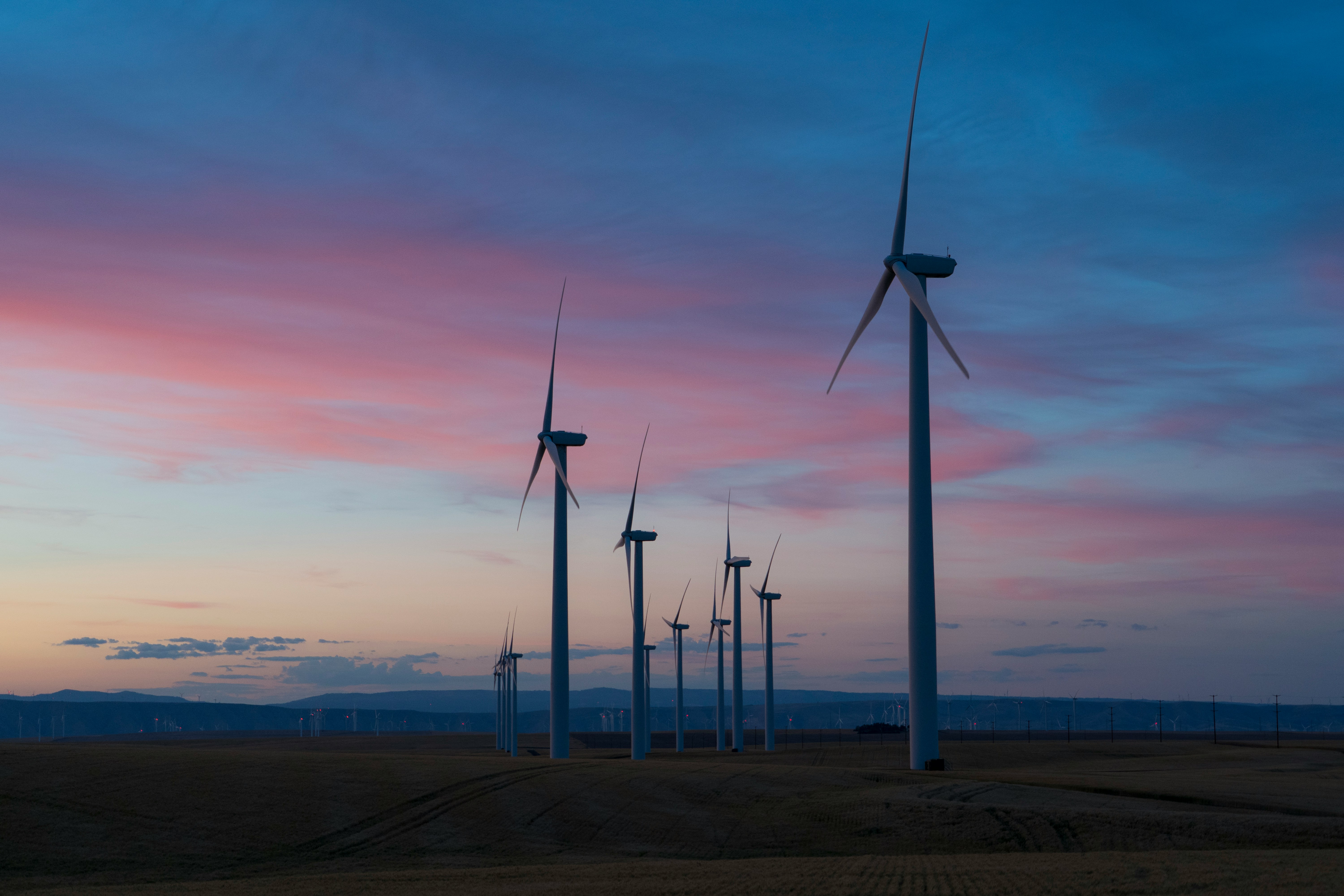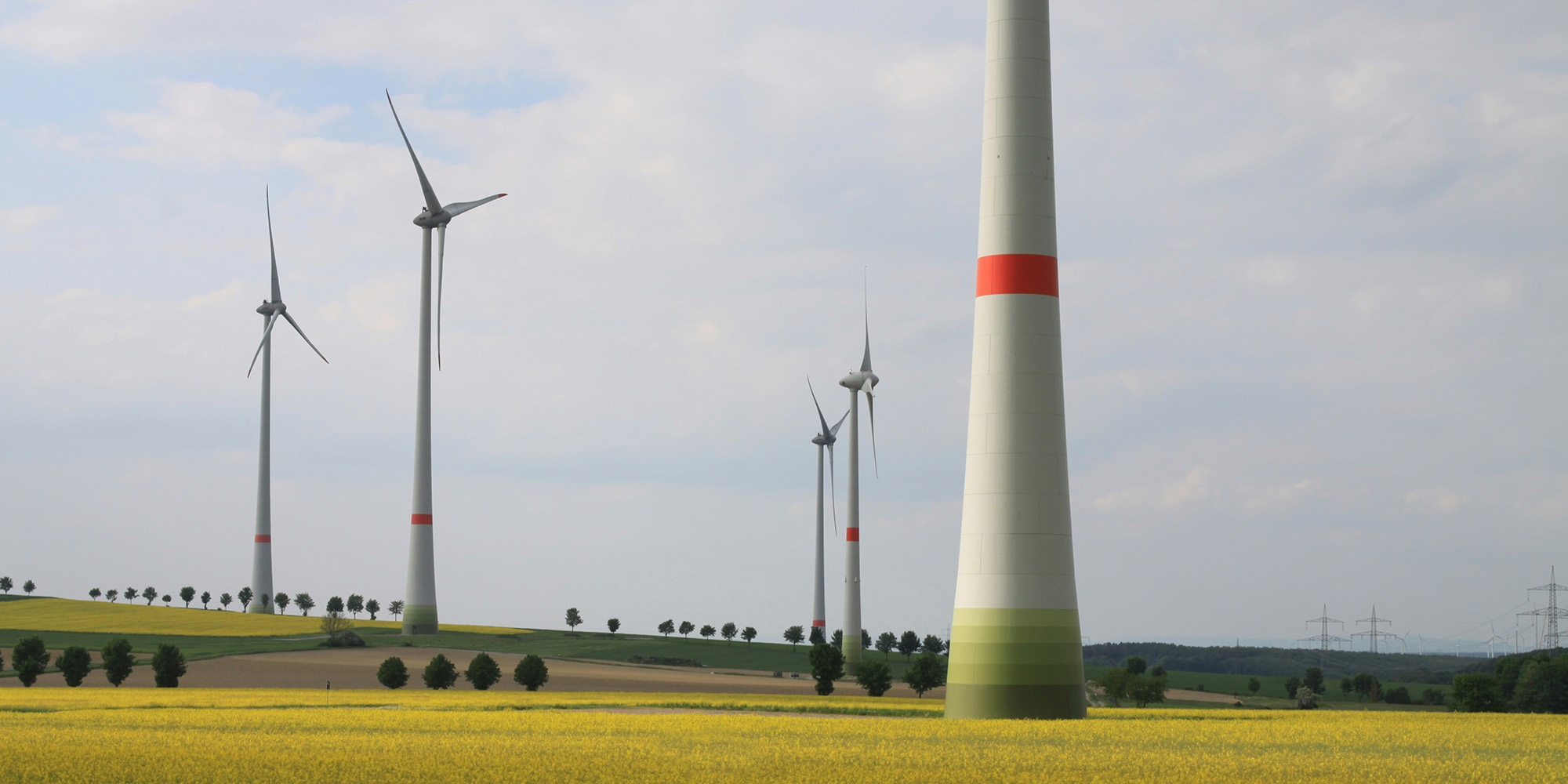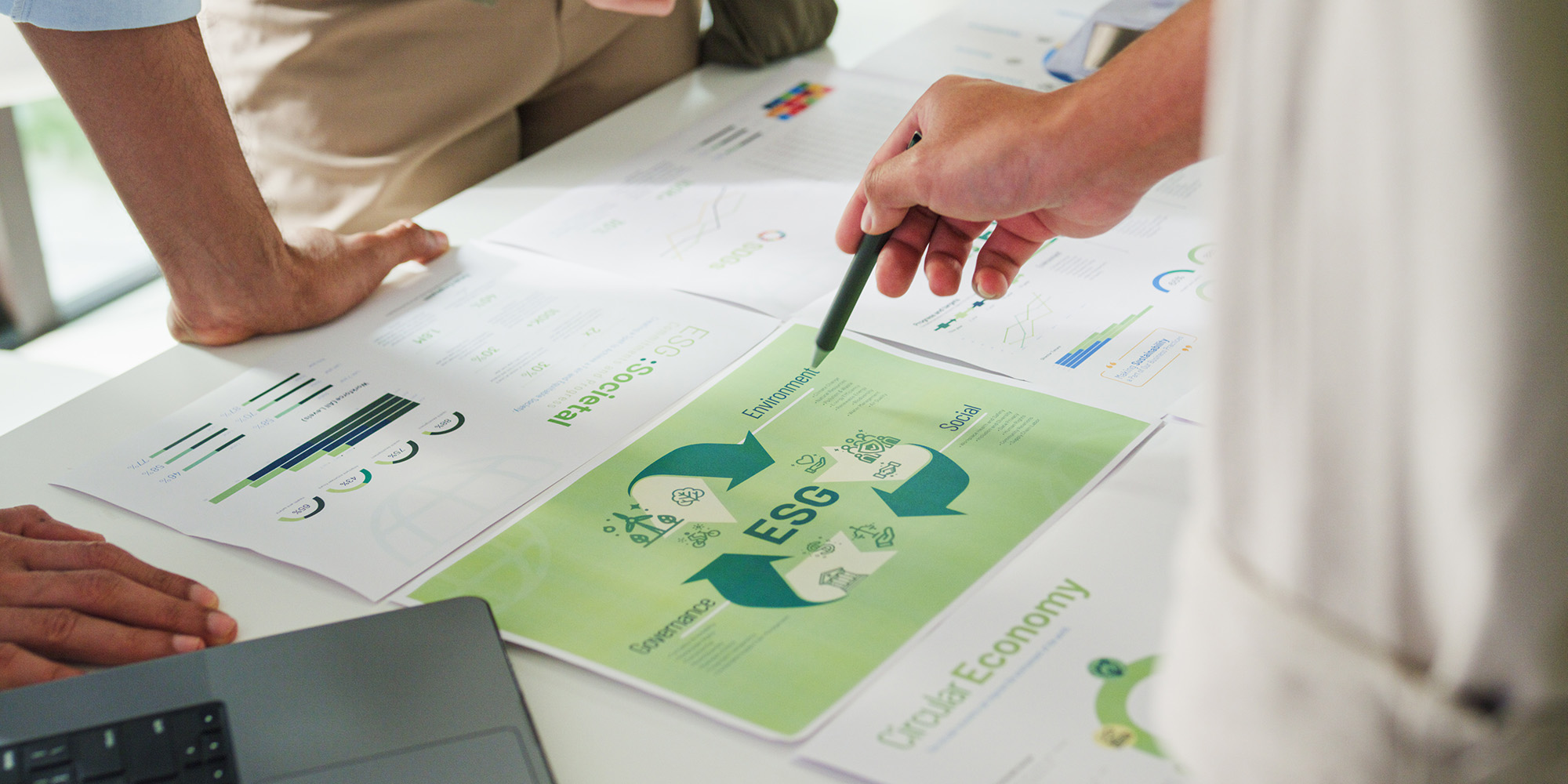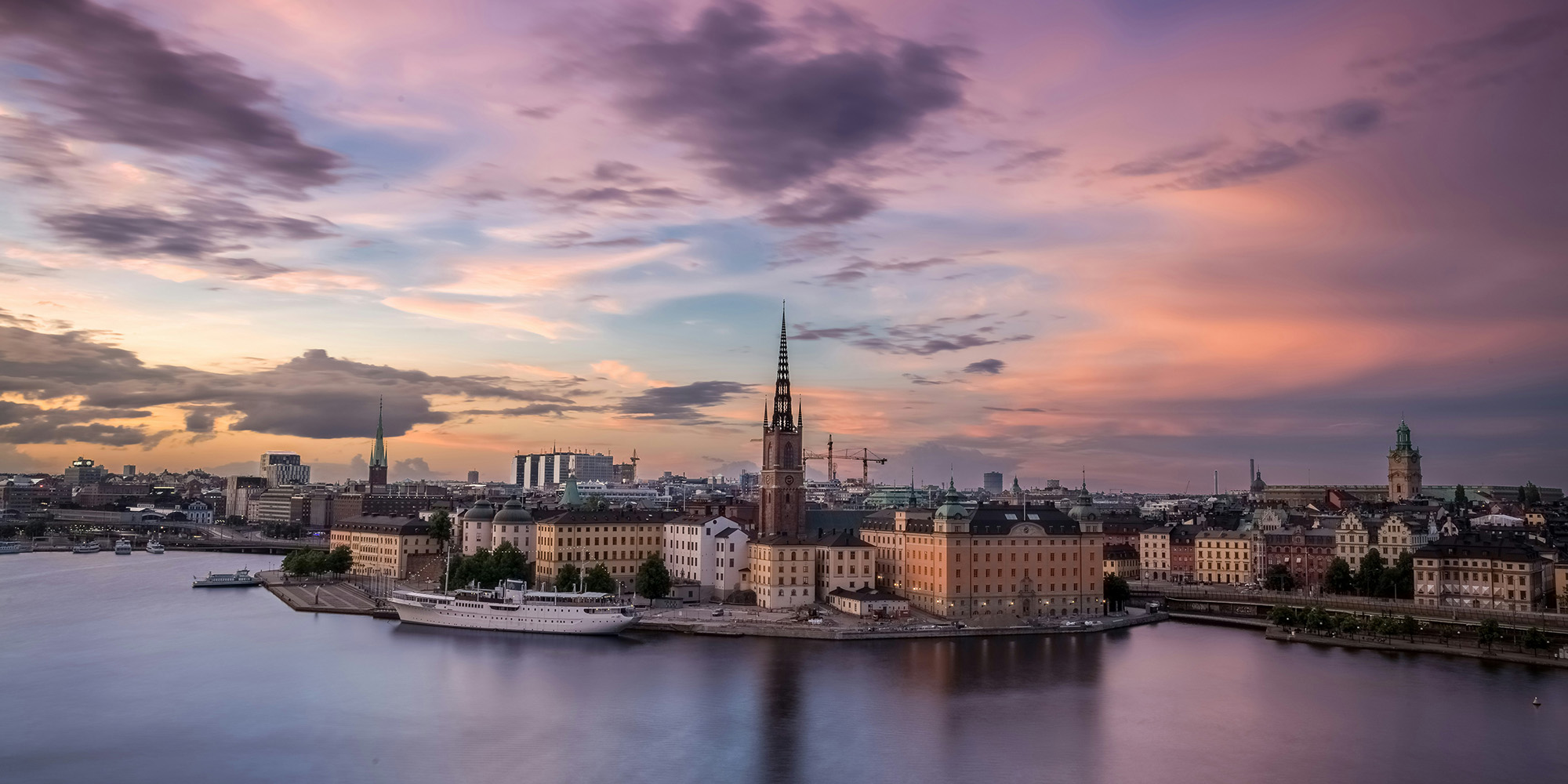RE100, the global initiative that gathers companies committed to using 100% renewable electricity, released its 2023 annual report with valuable insights for corporate clean energy buyers. The document, which compiles data from the 2022 reporting period, examines its members’ progress in shifting to renewable energy. It also looks at the difficulties businesses encounter in buying and reporting clean electricity usage.
Our advisors went through the document and condensed their findings in a recent webinar. These are the highlights of their conversation.
Companies are using more renewable energy. But is that enough?
RE100 is growing. In 2022, it surpassed 400 members, while its total electricity consumption grew by 105 TWh to reach 481 TWh – 1.7% of global electricity generation. That additional volume did not come exclusively from new members. More than 30% of the new electricity usage came from old affiliates, meaning there has been organic growth in how much energy these companies consume.
Renewable electricity procurement, however, did not increase much. The share of renewables bought by RE100 members in 2022 totalled 50%, only one percentage point above the previous year. “Of course, it is a milestone to reach 50%,” says Madeleine Mowinckel, Net Zero Advisor at Ecohz. “But this is maybe not what we were hoping for”.
Most importantly, is this growth in line with the goals? There are regional differences in the current share of renewables and in the target years companies have established to reach 100% renewable electricity. On average, European companies aim to achieve this in 2025, North American companies in 2028, and businesses in the Asia-Pacific region in 2038.
Despite these variations, the annual growth rate needed is almost identical in all cases. “We need about five percentage points of growth per year across the board to reach the targets,” Madeleine continues. Progress must accelerate, but there are some obstacles that companies will have to beat along the way.
Hurdles in global markets to reach 100% renewable electricity
The challenges for procuring renewable energy are different in every location. National and regional electricity markets have different levels of regulation, while the availability of volumes, changing regulations, and other conditions can pose hurdles for buyers.
According to RE100 members, the single largest obstacle to reaching renewable energy goals is the lack of procurement options in one country: South Korea. Only 4% of the companies with a presence in the Asian nation have succeeded in buying renewables.
Taiwan, Singapore, and Japan – island states with closed markets – also have few volumes for sale. “The fundamental issue is that there is very little renewable energy available in these territories,” Madeleine says.
Regulatory conditions in countries like India and China also limit procurement options. “These are countries with a high supply and low cost for Energy Attribute Certificates (EACs), but where Power Purchase Agreements (PPAs) are less available,” Madeleine explains. For companies buying unbundled EACs in China, there are also uncertainties regarding the continued use of International RECs or whether the government will shift to an alternative national system called GECs.
While Energy Attribute Certificates (EACs) remain the most used renewable energy solution worldwide, RE100 encourages companies to enter PPAs or build on-site generation facilities and take responsibility for building out new renewable capacity.
“There was strong growth in PPAs in previous years, but that is slowing down,” Madeleine continues. “This is probably linked to many new members operating in regions where PPAs are not readily available. Others may have lower credit ratings or fewer internal resources to do a PPA.” Hence, companies must tailor procurement strategies that fit their possibilities and are accepted as valid proof of consuming clean energy.
How to correctly report to RE100
RE100 is getting stricter about disclosure. In recent years, the initiative has pushed its members to provide more information on their renewable energy purchases and submit it to a more thorough verification process. And while the documentation is improving, results show there is still a gap between what companies claim and what RE100 consider to be renewable.
Between 2020 and 2021, the share of claims RE100 deemed insufficiently or wrongly reported dropped from over 50% to 10%. That number grew again in 2022, possibly due to new members not being familiar with how to disclose accurately.
Companies that fail to disclose in line with the requirements miss a crucial opportunity. “This is low-hanging fruit,” Madeleine says. “If you are making the effort to buy renewables, it is a pity not to follow that up with correct reporting to reap all the benefits.”
Making correct claims is most critical for companies that announce they have reached their target. In 2022, 79 companies said they consumed 100% renewable electricity. However, less than half of these claims were validated by RE100. That comes with a reputational risk. RE100’s report states both the self-reported percentage and the verified percentage of renewable electricity usage of every member. If a claim is not validated or is deemed inaccurate, it will be visible.
But where do companies go wrong? “It is not sufficient to say the volume of EACs a company bought. Reporting entities must show the market they are declaring for and the volume of their consumption in a way that it all fits together,” Madeleine adds.
Reporting to RE100 will get harder
The new RE100 technical criteria went live in January 2024. The initiative introduced stricter European market boundaries, requirements for the sustainability of bioenergy and hydropower and, crucially, updated rules for the commissioning date of power plants.
Most entities are already in a good position to comply. Those with PPAs know the age of the power plants they source energy from, and EAC buyers should be able to get this information from their certificates.
Green tariffs are harder. According to RE100, 61% of its members with these purchasing arrangements did not share the age of the power plants they sourced from in 2022. “Ask your power providers to give you the data you need,” Madeleine says. “We have one more reporting cycle in 2024 to practice before the information starts getting scored. It is wise to engage early with your utilities and power providers to explain the data you require and understand how to present it.”
The GHG-P is also revising its criteria. A new version of its Scope 2 Guidance is expected in 2025, which will affect RE100 reporting from 2026 at the earliest. Although RE100 could introduce even stricter criteria in the future, it is not likely to deviate from market-based instruments.
RE100 offers a benchmark for the procurement and disclosure of renewable energy. The organisation is trying to push its boundaries. As its requirements evolve, members and non-members alike can use it as a yardstick for their own practices – and a guide to get all the gains of their climate efforts.
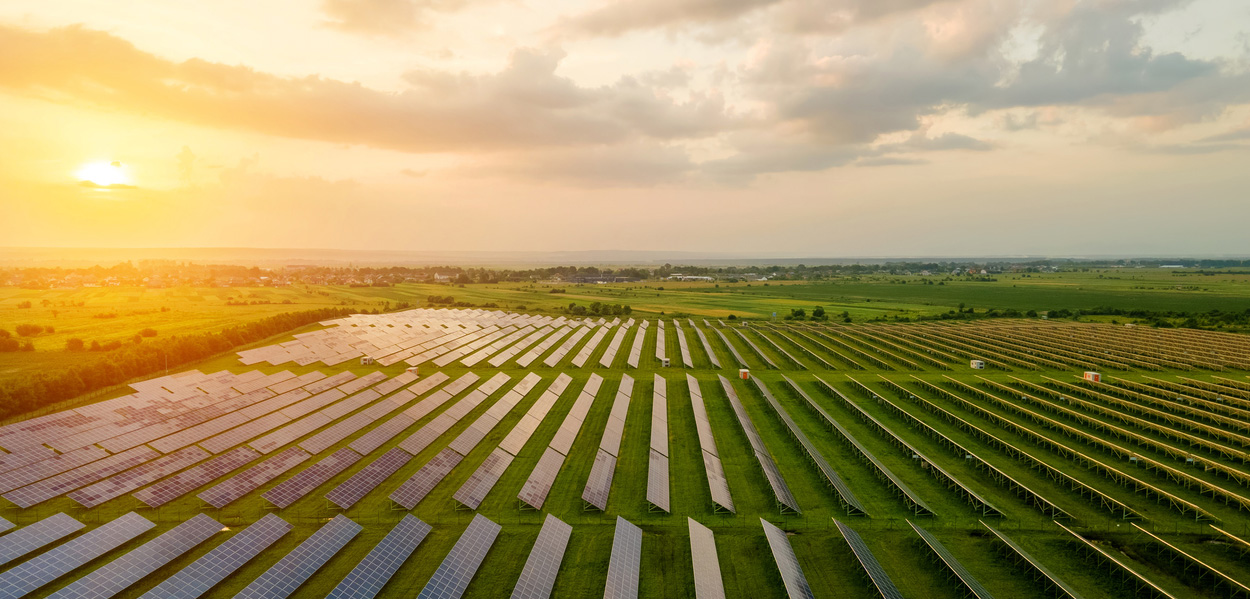


.png?width=3840&height=2560&name=Sun(1).png)

.png?width=3840&height=2560&name=Landscape_2(1).png)
